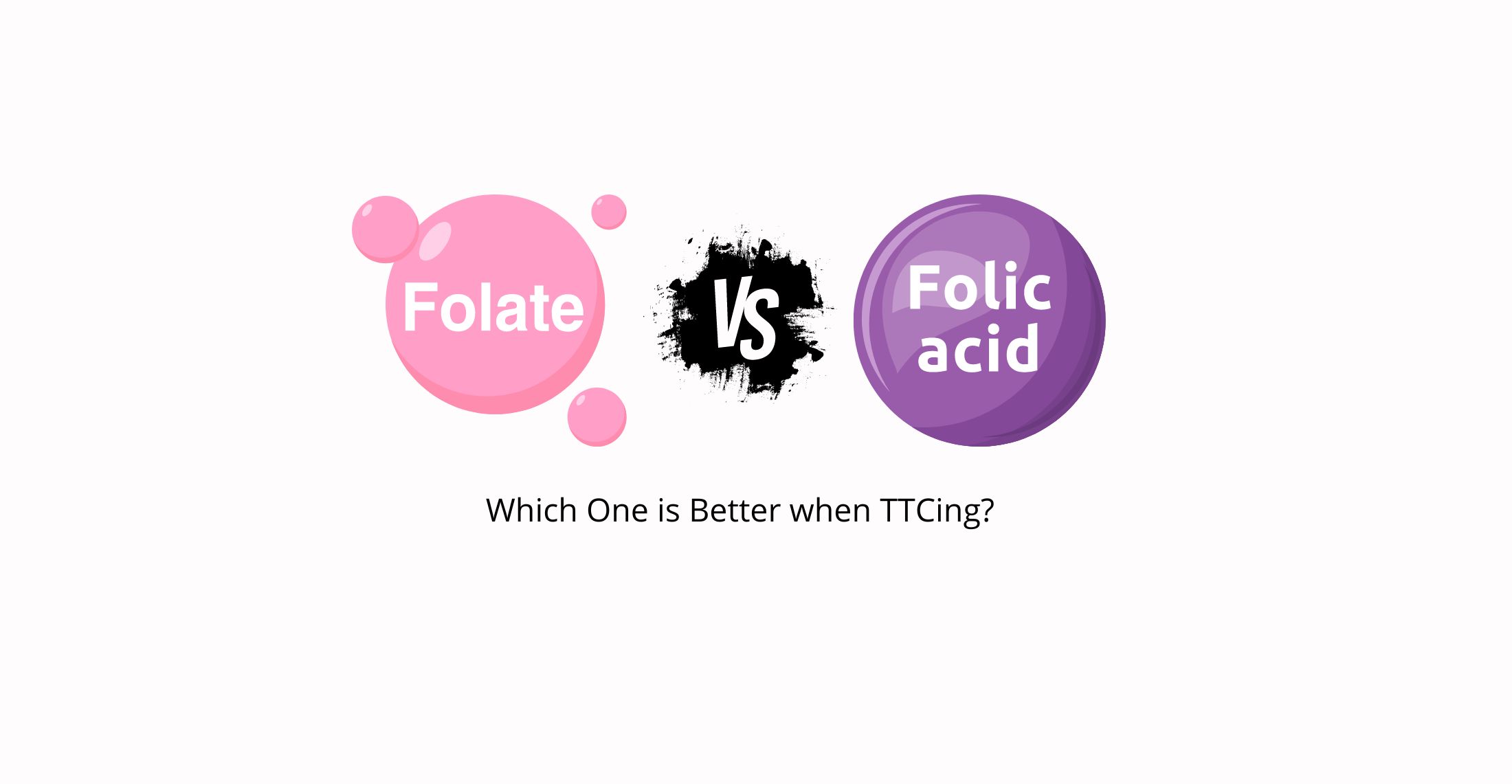
Folate Vs. Folic Acid: Which One is Better When TTCing?
When it comes to preconception and prenatal health, folate may be best and folic acid is not too far behind.
Vitamin B9, also known as folate, is a nutrient that is involved in several vital functions. It is most known for preventing neural tube defects but is also involved in DNA synthesis and repair, blood cell production, and rapid cell division during gestation and infancy. Less commonly known is the role folate plays in supporting healthy cognitive function and reducing miscarriage risk. Folate deficiencies are associated with a higher risk of congenital heart defects, low birth weight infants, and preterm birth.
Folate is available in food sources such as legumes, beans, seeds, eggs, organ meats such as liver, and leafy green vegetables but it is also commonly supplemented during preconception and throughout pregnancy via prenatal vitamin.
What is folic acid?
Folic acid is a synthetic version of folate. It is structurally and functionally different from folate that exists in nature. For your body to use folic acid, it needs to be converted to folate, the biologically active form of this vitamin.
The conversion of folic acid to folate requires a specific enzyme called MTHFR, but not all people are capable of this conversion. We are learning more about MTHFR, and the genetic mutations associated with it. But what you need to know is that if you fall in the category of people who carry this gene mutation, you are not getting folate despite taking folic acid.
Why is folic acid important?
We are seeing people carrying a defect in the gene that codes for this enzyme and therefore, there is a cause for further concern that unconverted folic acid may raise homocysteine levels, an inflammatory marker that is associated with injury to the vascular structures of the placenta that form in early pregnancy. Homocysteine levels fluctuate during pregnancy, and high levels of homocysteine have been associated with pregnancy loss, fetal growth restriction, and preeclampsia.
Folic acid, regardless of the form, is overall beneficial to take. Each individual can check with your health provider to see which forms are more usable and will better absorbed for them.
How to get more folates?
1. Eat a rich diet in folates – think leafy greens, legumes, liver, eggs, and seeds.
2. You can supplement with active folate instead of folic acid. Active folate has superior utility so your body can use it effectively. Look on the label of your prenatal vitamin or folate supplement to make sure you are seeing “5-MTHF”, “L-methyl folate” or “L-5-methyltetrahydrofolate”
Our Naturopathic Doctor can help.
Click here to book an appointment with Kim Abog, ND.
The recommended dietary allowance (RDA) for folate is 400mcg for those trying to conceive and an increase to 600mcg during pregnancy (up to 1000mcg). This is not for everyone, and our Naturopathic Doctor will be able to consult what is amount for you.
Source: National Library of Medicine

